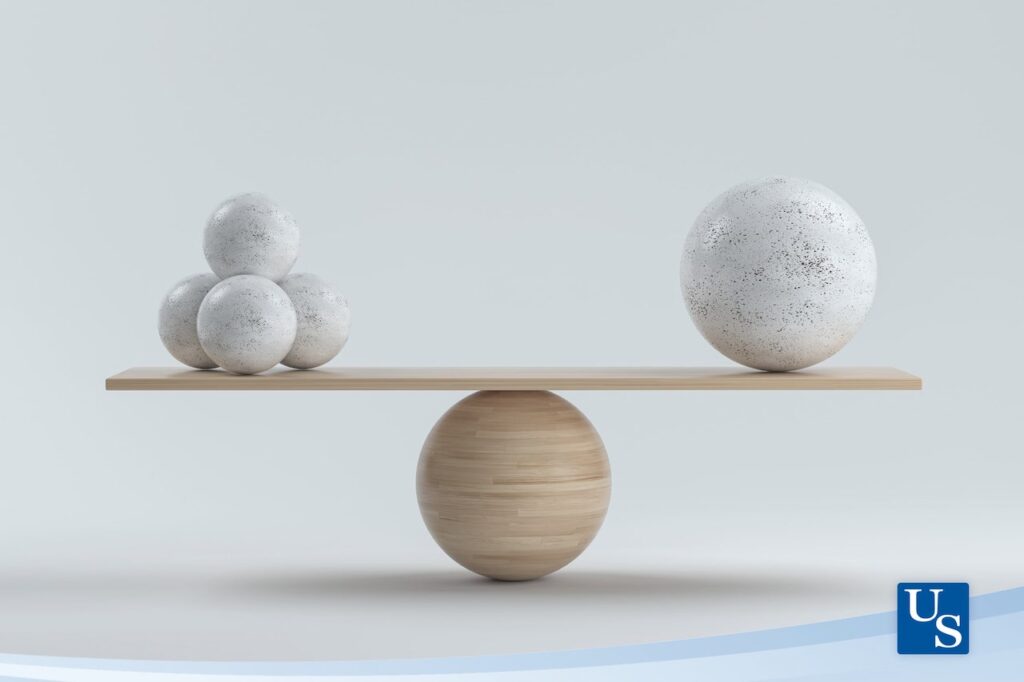For Florida Retirement System (FRS) participants, retirement often means combining several sources of income to create a reliable financial foundation. Your DROP benefits play a key role, but they are just one piece of a broader financial puzzle. Balancing DROP benefits with other income sources — like your monthly FRS pension, Social Security, and personal savings — allows you to build a more stable and flexible retirement plan.
Effectively coordinating these income streams can help you manage your cash flow, meet tax obligations, and align your financial plan with your long-term retirement goals.
The Role of DROP Benefits in Your Retirement Income
The Deferred Retirement Option Program (DROP) allows eligible FRS participants to “retire” while still working, accumulating their monthly retirement benefits in a separate account. When you exit DROP, you receive a lump sum payout, which can be rolled over into a retirement account, taken as a cash distribution, or a combination of both.
This lump sum is valuable, but it’s important to view it alongside your other income sources to avoid overspending early in retirement or creating unnecessary tax burdens.
Primary Retirement Income Sources to Balance with DROP
- FRS Pension Payments
- Once you officially retire and exit DROP, you begin receiving your monthly pension payments.
- The amount is based on your years of service, salary, and the pension option you selected when entering DROP.
- Social Security Benefits
- Eligibility starts at age 62, but delaying benefits can increase your monthly payments.
- If you plan carefully, your DROP benefits can help you delay Social Security until full retirement age or even age 70.
- Personal Savings and Investments
- How and when you tap into these funds should coordinate with your DROP and pension income to manage taxes and ensure long-term flexibility.
- Other Income Sources
- Rental income, part-time work, or business income may also supplement your retirement plan.
- These income streams can interact with your Social Security and Medicare premiums, so they need to be factored into your overall income plan.
Strategies for Balancing DROP Benefits with Other Income Sources
- Start with a Comprehensive Retirement Income Plan
Balancing multiple income streams requires seeing the full picture. Developing a written retirement income plan helps you identify:
- The timing and order of income withdrawals.
- How different income sources are taxed.
- Where to leave savings invested for future growth.
By aligning your DROP payout with other income, you can create a stable cash flow while keeping taxes in check.
- Use DROP Benefits to Bridge Income Gaps
Your DROP payout can help cover living expenses during gaps between leaving work and starting Social Security or Required Minimum Distributions (RMDs) from retirement accounts. This approach allows you to delay tapping into these other income sources, giving them more time to grow.
Example:
If you retire at 60, you can use your DROP payout to fund your lifestyle until you claim Social Security at age 67. This delay can increase your Social Security benefit while preserving other retirement savings.
- Coordinate Withdrawals for Tax Efficiency
Each income source is taxed differently:
- DROP payouts are taxed as ordinary income unless rolled into a qualified retirement account.
- FRS pension payments are also taxed as ordinary income.
- Social Security may be partially taxable if your total income exceeds certain thresholds.
- Withdrawals from taxable investment accounts are subject to capital gains rates.
Coordinating these withdrawals — for example, blending DROP funds with tax-efficient withdrawals from taxable accounts — helps you manage your taxable income and avoid unnecessary tax brackets.
- Balance Immediate Needs with Long-Term Growth
Your DROP payout may feel like a financial windfall, but it’s important to avoid overspending early in retirement. Consider:
- Setting aside a portion for short-term liquidity.
- Rolling over a portion into a retirement account to allow for continued tax-deferred growth.
- Using some funds to pay off high-interest debt or cover healthcare premiums.
- Review Your Plan Regularly
Life changes, from healthcare needs to family events, can alter your income needs. A comprehensive retirement income plan is not static — it should be reviewed and adjusted regularly to align with evolving circumstances.
Example Retirement Income Timeline
Age Income Sources
- 60-62 – DROP payout, personal savings
- 62-67 – Pension, DROP rollover withdrawals, optional Social Security
- 67+ — Pension, Social Security, investment withdrawals
This staggered approach allows for more flexibility while optimizing available benefits.
How BENCOR Can Help
BENCOR specializes in helping FRS participants understand how their DROP benefits fit into the broader retirement picture. From helping you roll over your DROP payout into a qualified retirement plan to coordinating withdrawals with pension and Social Security income, BENCOR offers personalized guidance tailored to your unique needs.
Our team works with Florida educators and public employees to develop strategies for balancing DROP benefits with other income sources — ensuring that your retirement income supports both your lifestyle and your long-term goals.
Final Thoughts on Balancing DROP Benefits with Other Income Sources
Successfully managing retirement income is about more than simply receiving payments — it’s about coordinating those payments across multiple sources to create a balanced, tax-efficient, and sustainable cash flow. By aligning DROP benefits, pensions, Social Security, and savings, you can create a plan that supports your retirement vision.
If you’re ready to develop a personalized retirement income plan that integrates all of your available income sources, please schedule a free consultation with our team at BENCOR DROP support. We look forward to hearing from you!

